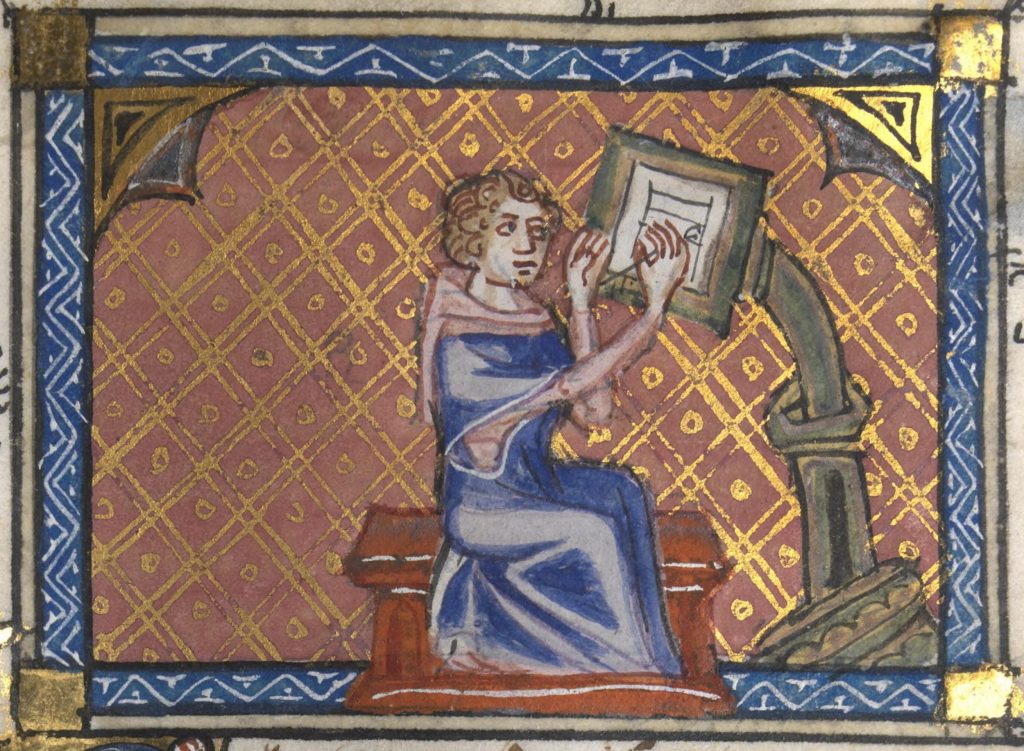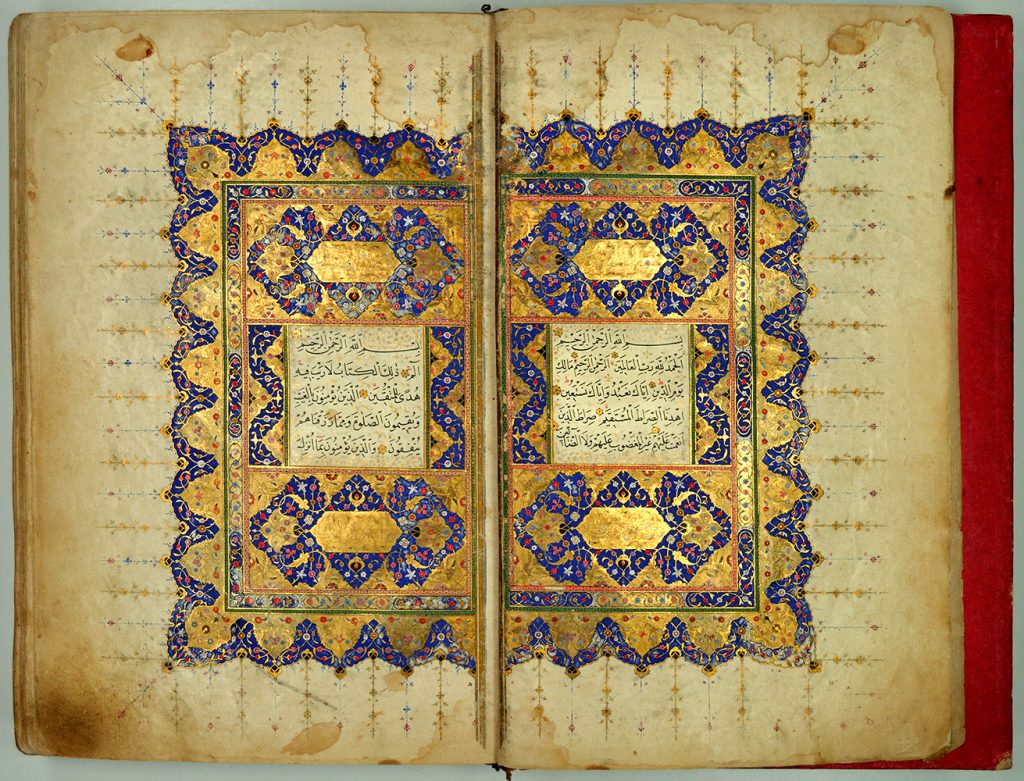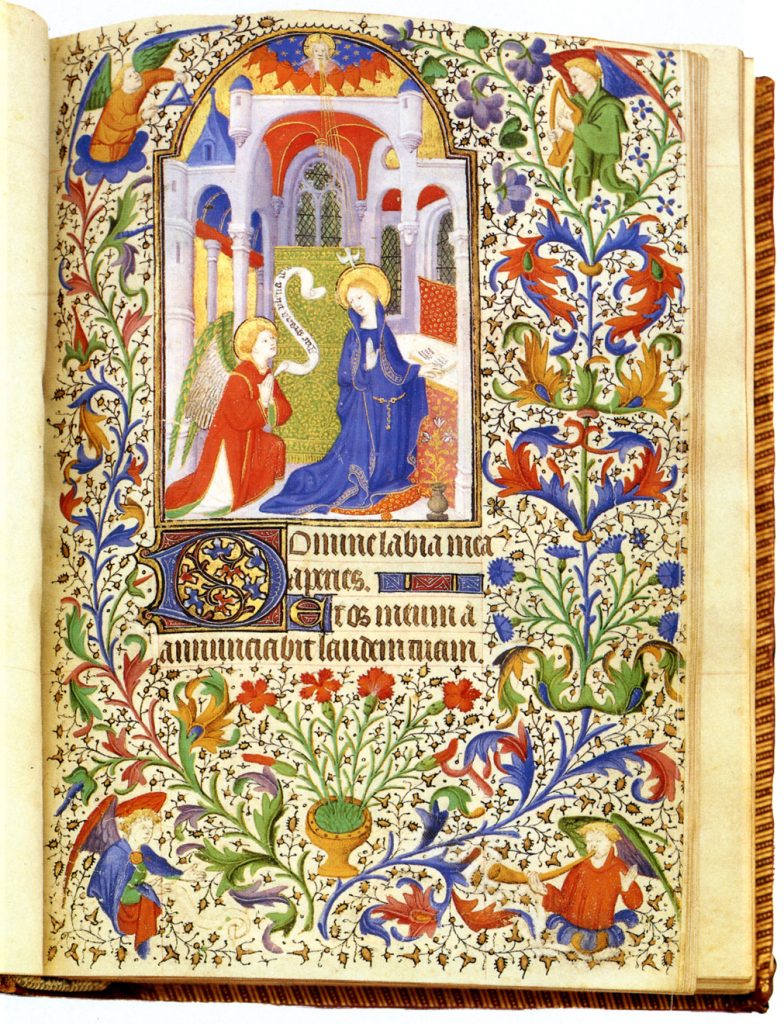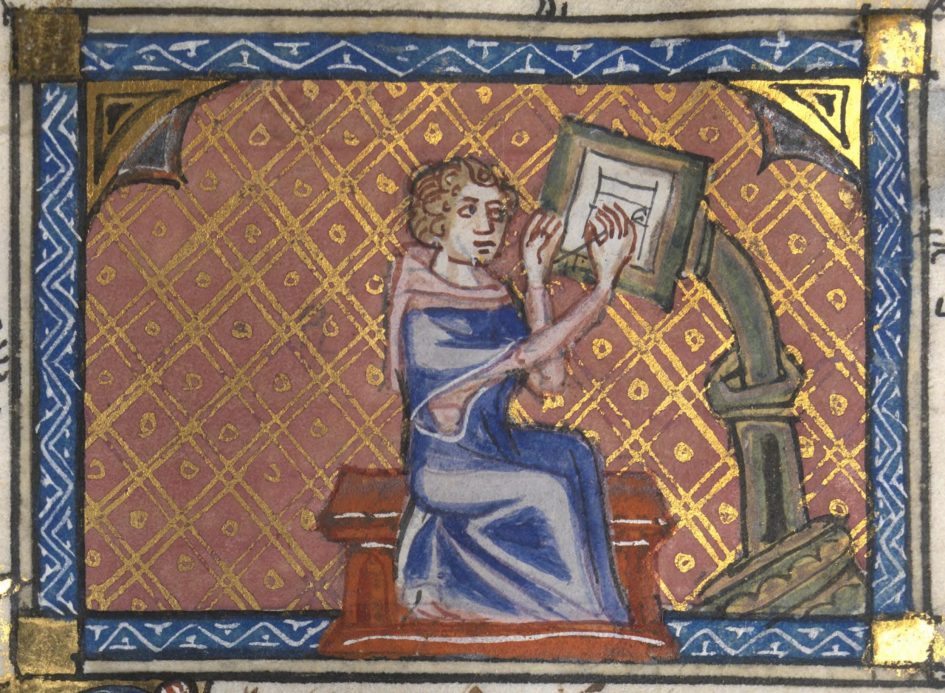Illuminated Manuscripts
From approximately 1100 to 1600, all books, or manuscripts as they were known, had to be written by hand. In addition to the often ornamented scripts, these ancient tomes included decorative illustrations, often created by adding thin layers of gold or silver onto the page. The thinly laid precious metals would shimmer on the page in the dim light of the churches and monasteries and eventually gained the name “illuminations.” While not all illuminations include silver or gold, the name stuck, and this is how we refer to illustration in manuscripts from this period.

Taking (Parts) Of The World By Storm
Though the tradition of illuminated manuscripts held strong for hundreds of years in Europe, they were also prevalent in Islamic parts of the world. While Islamic manuscripts share many characteristics with their European counterparts, they generally utilize more pattern work rather than showcasing other types of imagery. You can see this reflected in the printing on cloth in this part of the world even today. Both decorative traditions also share their rootedness to religion; without the need to spread Islam and Christianity, these techniques may have never developed or spread around the world.

Artistic Influence And The End Of An Era
Illuminated manuscripts have influenced the evolution of art in Europe as well. Because the illustrations and ornamentation appeared in manuscripts and were transported across the European countryside, it’s believed they helped spread the artistic style and techniques of the day. Eventually, the printing press was invented in the 15th century, which would go on to replace handmade manuscripts. This advancement was a great leap forward for producing books but unfortunately marked the end of the hand-crafted illuminations of earlier days for printed illustrations.

Sources:

Leave a Reply